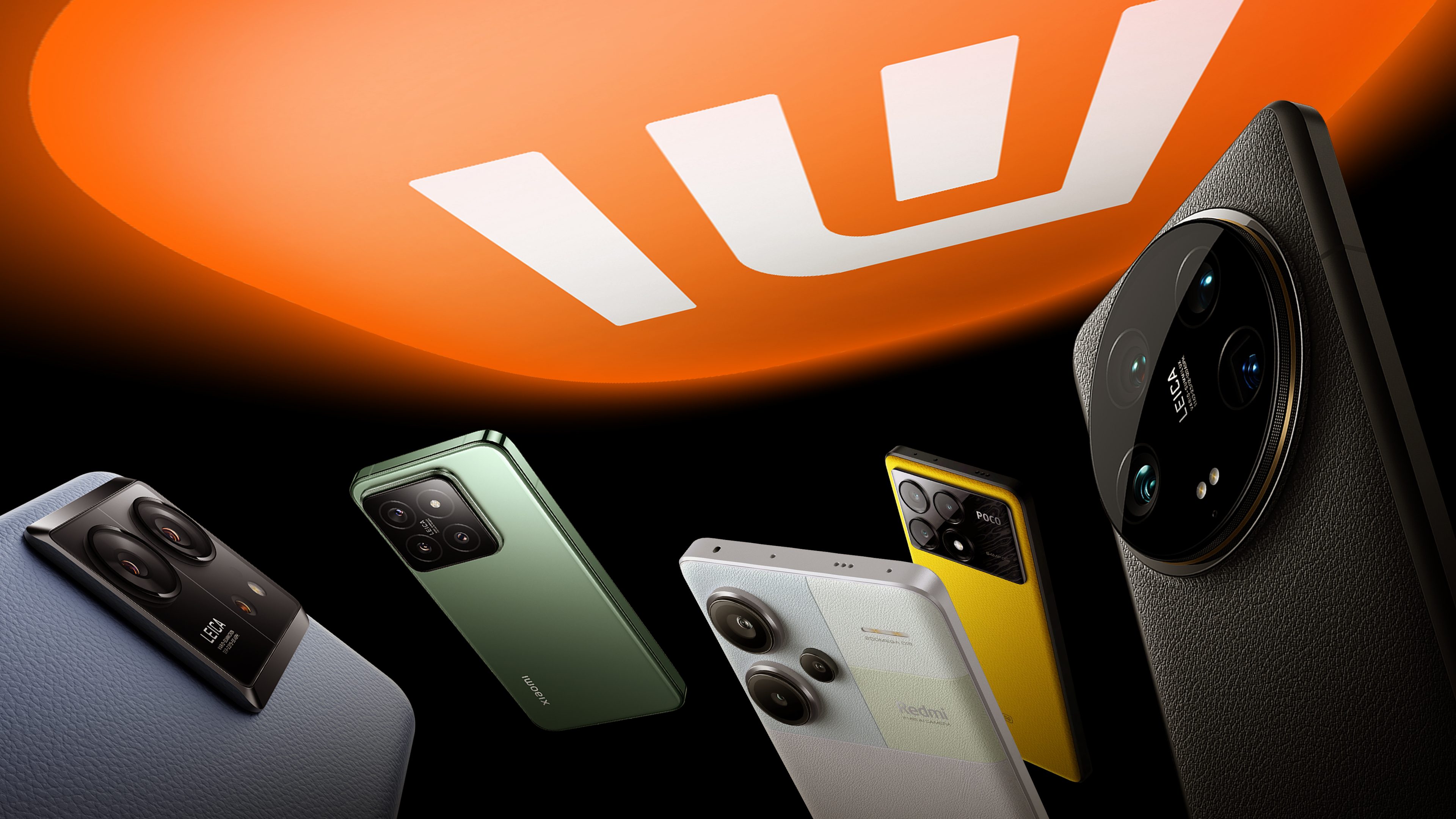
Xiaomi is known for releasing new smartphones frequently and also for having several sub-brands. Therefore, it can be quite challenging to find your way around the Xiaomi catalog. Based on our selection, nextpit will provide an overview of the different Xiaomi 14 models and Xiaomi 13T series, the Redmi Note 13 family, and the new Poco models.
Disclaimer: Xiaomi does not officially import its handsets to the United States. The prices, if mentioned in the article, are approximate conversions of the MSRP, and they may not reflect the market price in the US. All the affiliate links included are from third-party sellers and may not represent the actual MSRP. The devices may not include a warranty or support from your carrier.
The best Xiaomi, Redmi, and Poco smartphones in 2024
| Editor’s recommendation | Flagship camera | Flagship alternative | Price-to-performance winner | Price-to-performance alternative | Entry-level model | |
|---|---|---|---|---|---|---|
| Device | ||||||
| Image |  |
 |
 |
 |
 |
 |
| Rating |
Rating: Xiaomi 14 |
Rating: Xiaomi 14 Ultra |
Rating: Xiaomi 13T Pro |
Rating: Xiaomi Redmi Note 13 Pro+ 5G |
Rating: Xiaomi Poco X6 Pro |
Rating: Xiaomi Redmi Note 13 4G |
| Price (MSRP) |
|
|
||||
| Display |
|
|
|
|
|
|
| SoC |
|
|
|
|
||
| RAM | ||||||
| Memory |
|
|
|
|
|
|
| OS |
|
|
|
|
|
|
| Camera |
|
|
|
|
|
|
| Selfie camera | ||||||
| Battery |
|
|
|
|
|
|
| Connectivity |
|
|
|
|
|
|
| IP certification | ||||||
| Dimensions and weight |
|
|
|
|
|
|
| Offers* |
|
|
|
|
|
|
Table of Contents:
Recommended Xiaomi smartphones in 2024
The Xiaomi, Poco, and Redmi smartphones listed here cost anywhere between €200 to over €1,000. In addition to the new flagship models, we have also been able to review some of the newer Redmi and Poco models. The Poco X6 Pro listed in our table is the only one of our recommendations that we have yet been unable to review, but we do know it is on its way to the nextpit editorial team.
The best 2024 model: Xiaomi 14
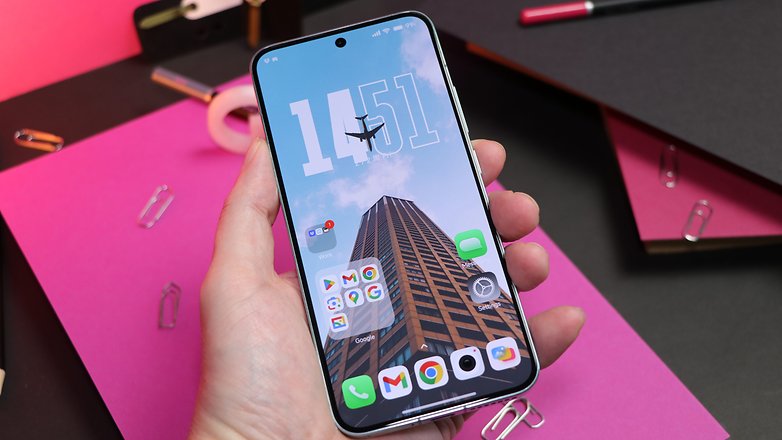
The Xiaomi 14 is our current king sitting on the Xiaomi throne. It may not be the most powerful model of the lot, but the combination of top-tier technology and price makes it perfect for an editorial recommendation.
Similar to all devices in the series, the latest Snapdragon 8 Gen 3 SoC is used here, and the Xiaomi 14 is also relatively compact thanks to its 6.36-inch display. You can combine the 12 GB RAM with either 256 or 512 GB of internal storage and pay just under €999 or €1,099.90, depending on the capacity.
Thanks to Xiaomi’s partnership with Leica, the Xiaomi 14 sports three 50 MP cameras at the back to make it a good camera phone. The IP68-certified device has a battery capacity of 4,610 mAh, with the 90 W charger included in the box.
HyperOS and the software updates have been improved to feature four major Android updates and five years of security updates, making the Xiaomi 14 a very successful flagship smartphone and our current champion on this list.
The ultimate camera flagship: Xiaomi 14 Ultra
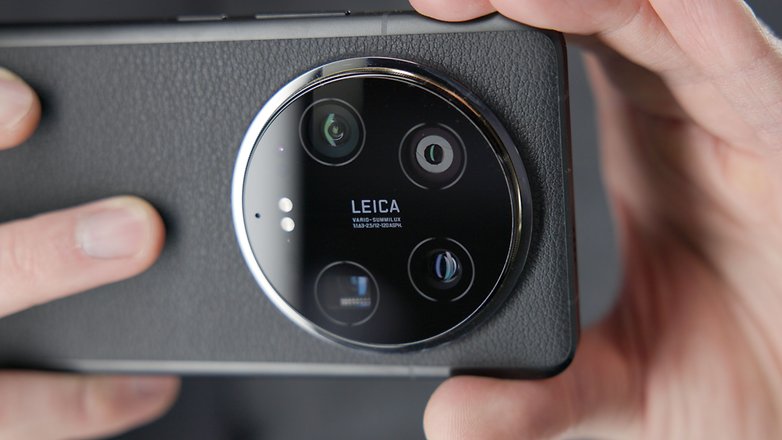
nextpit’s Xiaomi 14 Ultra review
Deep down inside, you know that you actually want the most powerful camera phone from the Chinese manufacturer if the price is not a hindrance. That leaves you with the Xiaomi 14 Ultra, which is only available in one version, sporting 16 GB RAM and 512 GB storage with an asking price of €1,499.90 (MSRP). Based on the specifications, the quadruple camera setup at the back looks very similar to the Xiaomi 13 Ultra (review), but the impression is deceptive. Yes, there are also four sensors here, each armed with 50 MP resolution, with all but the ultra-wide angle shooter featuring an optical image stabilizer.
What is new, however, is the variable aperture on the main camera. Sony installed its sensor which is also the first of a completely new generation of sensors. We will be able to demonstrate the different cameras’ quality via the latest photo samples in our review alongside the detailed review of the Xiaomi 14 when it is published.
As with the Xiaomi 14, it also comes with HyperOS and an identical update policy, Snapdragon 8 Gen 3 SoC, and an AMOLED display, all stored in a chassis that measures 6.73 inches. Fast charging of the 5,000 mAh battery takes place at 90 W, with an insane 80 W wireless charging speed.
If you want a whole lot in a flagship model, you’ll have to pay through your nose with its asking price of €1,499 a pop.
The high-end alternative 2024: Xiaomi 13T Pro

nextpit’s Xiaomi 13T Pro review
Now that the Xiaomi 14 series is available in Europe, the Xiaomi 13T Pro has been relegated to second place as our previous top recommendation. Nevertheless, it is still a very viable alternative, especially when you can pick it up for less than $700 now.
The 6.67-inch AMOLED display repeats pictures with a sporty 144 Hz. Xiaomi also relies on MediaTek instead of Qualcomm and uses the speedy MediaTek Dimensity 9200+, which you can combine with 12 or 16 GB and up to 1 TB of storage depending on the configuration.
For the first time, Xiaomi installed a Leica triple camera, which is convincing in most cases. A 5,000 mAh battery is also on board, which a) charges very quickly with 120 W and b) a charger is also included. MIUI 14 based on Android 13 is installed and—apart from annoying bloatware—is also convincing. By the way, Xiaomi has increased the software support to four years for system updates. Security updates will be provided for up to five years.
Based on the MSRP, the fun begins at €799, with even the largest version armed with 1 TB memory and 16 GB RAM will cost you “only” €999. Street prices are currently so low, you can find one for as little as $670.
The best price-to-performance ratio: Redmi Note 13 Pro+ 5G
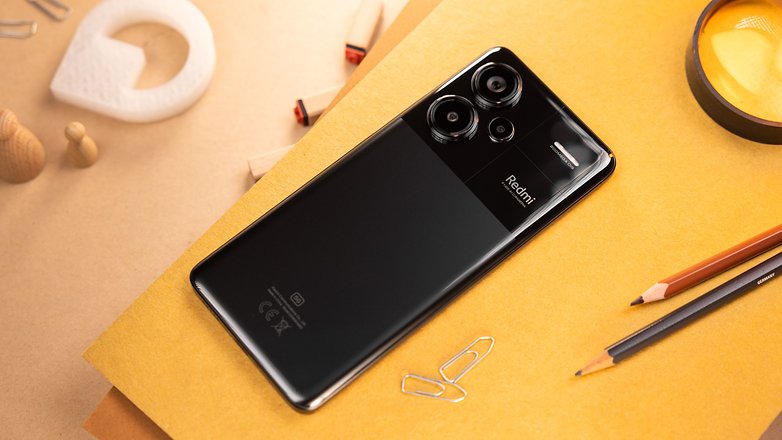
nextpit’s Redmi Note 13 Pro+ 5G review
We now leave the dizzying heights of the flagship territory and turn our attention to the mid-range, which is one of Xiaomi’s bread and butter. The new Redmi Note 13 family is very versatile and comes with the Redmi Note 13 Pro+ 5G sitting right at the top.
This device brings you a Dimensity 7200 Ultra SoC with a choice of either 8 or 12 GB RAM and 256 or 512 GB storage for less than $500. The 6.67-inch AMOLED panel features a refresh rate of 120 Hz and instead of HyperOS, you will get the MIUI 14 skin based on Android 13.
At least Xiaomi also equipped its Redmi smartphones with a better software update policy, which now stands at three major Android upgrades and four years of security updates. Out of the three cameras, the main camera is the one you are most likely to use, but the 200 MP shooter really comes up tops and makes the Pro Plus model in the series a really good all-rounder. The 5,000 mAh battery can be charged at speeds of up to 120 W using the included charger, which is also not something usual in this price range.
The price-to-performance alternative: Poco X6 Pro 5G
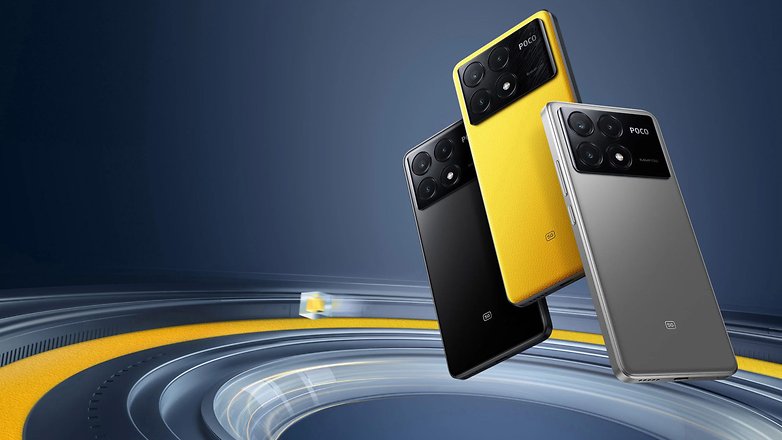
As an alternative to the Redmi Note 13 Pro+ 5G, we recommend the Poco FX6 Pro, for which you fork out approximately $370 for one. At this price point, you get a 6.67-inch AMOLED display with a 1,220 px resolution and a 120 Hz refresh rate, just like the Redmi counterparts.
With the Dimensity 8300 Ultra SoC, Xiaomi uses a powerful MediaTek processor once again as in the Redmi Note 13 Pro+ 5G with identical memory options of 8 or 12 GB RAM and 256 or 512 GB storage. What is interesting, however, is that the Redmi uses the slower UFS 3.1 memory and this model already utilizes UFS 4.0 memory. Another advantage for Poco lies in the use of HyperOS albeit without any concrete update promises.
Here, too, a triple camera setup features, albeit with a 64 MP sensor leading the way. Fast charging the 5,000 mAh battery happens at a slower at 67 W sans wireless charging support. Nevertheless, the IP54-certified Poco X6 Pro is a highly exciting all-round smartphone at an affordable price. We look forward to reviewing this handset in detail.
The best budget model: Redmi Note 13 4G
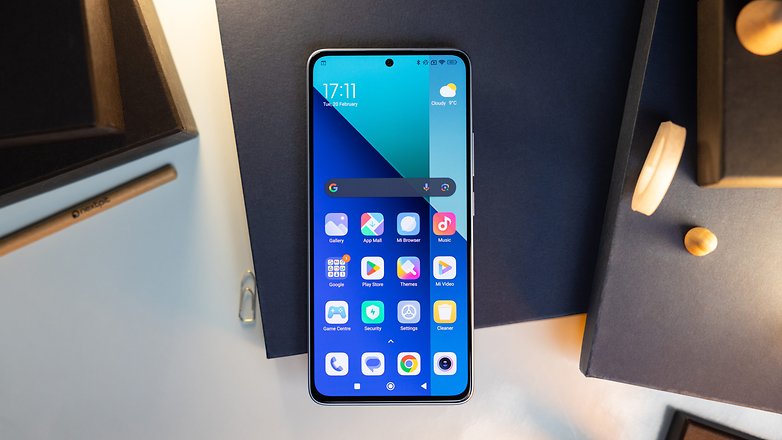
nextpit’s Redmi Note 13 4G review
120 Hz display with OLED technology and Full HD resolution? Just a few years ago, this was the domain of high-end smartphones, but you can now find it in the Redmi Note 13 4G. A smartphone that costs below $200? As for the rest of the specifications, it is powered by a Snapdragon 685 SoC, 6 GB RAM, and 128 GB storage, making it naturally fall behind the pecking order in the Redmi Note 13 family. However, at this price point, there is very little to complain about.
The storage space can at least be expanded using a microSD card and the triple camera configuration is led by a decent 108 MP shooter. The obligatory 5,000 mAh battery is charged at 33 W and the device is IP54-certified. Connectivity options include LTE, Wi-Fi 5, and Bluetooth 5.2, making it a negative point for the device. However, I feel the slightly older connectivity options are justified by its price.
As usual with Xiaomi, you also have to put up with a whole bunch of bloatware here. Hey, four years of security updates for the MIUI 14 phone sounds really good in exchange! If you’re looking for a really affordable smartphone and can live without 5G, be sure to check out offers for the Xiaomi Redmi Note 13 4G.
Between Xiaomi and Redmi: Which do you pick in 2024?
If we were to take Xiaomi and Redmi into consideration, we have to consider them as two distinct brands and two ranges within the same catalog. Yes, I know, it’s complicated, but basically, Xiaomi is slightly more premium overall than Redmi.
However, there are times when Redmi’s flagship range is sometimes more interesting than Xiaomi’s entry-level handsets. For example, the Redmi Note 11 Pro at $280 is more competitive than the Xiaomi Mi 11 Lite at $300. By the way, we asked you in our survey if you still feel comfortable with Xiaomi—and the answer was a big fat NO.
Flagships
Let’s start with Xiaomi’s flagship range. These are the top-of-the-range smartphones of the manufacturer with, generally, the most premium technical specifications. The flagship of the range is the Xiaomi 14 Ultra with its vanilla version, the Xiaomi 14. However, we expect to see more models make the cut here. Last year, the Xiaomi 13 family included the 13T while there were also Note models years ago, which we only find them limited to the Redmi range.
Mid-range handsets
If we take Xiaomi as the global scale brand, the manufacturer that is, Redmi constitutes the mid-range of its catalog, but if we consider Xiaomi and Redmi as two brands, Redmi also has its sub-ranges, from flagships to entry-level.
Redmi’s top-of-the-line model, which corresponds to Xiaomi’s mid-range Redmi Note models. They too, arrive in several numbered versions such as the Redmi Note 13 (4G and 5G options), Note 13 Pro (also available in 4G and 5G versions), and finally the Note 13 Pro+ 5G, from the basic to the most premium model.
Entry-level models
Next up are Redmi’s excellent entry-level models with devices such as the Redmi 13C or the Redmi A2. If you really want to spend very little money, you will always find something you are looking for here, with a decent selection starting at just $110 for the Redmi 9A.
The Poco catalog
Poco is a rather unusual sub-brand. The brand seems quite independent of Xiaomi compared to Redmi. Within the Poco catalog, you can again find further differences and classes based on a wide price range.
The Poco F models, like the Poco F4 GT, are the flagship models, being the most powerful and expensive smartphones from the manufacturer. The Poco X models like the Poco X6 Pro 5G, represent Poco’s mid-range price segment, with smartphones that place more emphasis on the quality of the screen and the camera. The Poco M and C series form Poco’s entry-level segment, with is priced at less than $200 sporting limited technical specifications, with battery life being the main focus.
Poco smartphones are less popular outside of Asia, though. You are more likely to find a Xiaomi or Redmi device in a store than a Poco device. On the other hand, Poco models are the Xiaomi models that usually see the biggest price drops over time.
How did we select the best Xiaomi smartphones?
For this selection, we chose the Xiaomi and Redmi smartphones with the best price-performance ratio in each price range. We based the prices on the recommended retail price. We also looked at the internal storage and RAM.
This list is of course subjective, as it is based on the preferences of the editorial team. Nevertheless, we try to take a number of purchase criteria into account and adapt them to the respective price range.
While I can forgive a budget-class Redmi for not having IP certification, this is less excusable for a high-end model. For the affordable smartphones, we paid more attention to performance and battery life, considering a more pragmatic approach that is usually taken with these models.
In the upper price segment, we pay more attention to realistically recommendable models that are not too expensive and have also considered the guarantee of software updates.
That’s it! These are the best Xiaomi phones as of March 2024! Please let me know in the comments which model you think is the best and which Xiaomi smartphone you own, if any.
This article was updated in March 2024 with numerous new models. Comments before the update have been retained.






